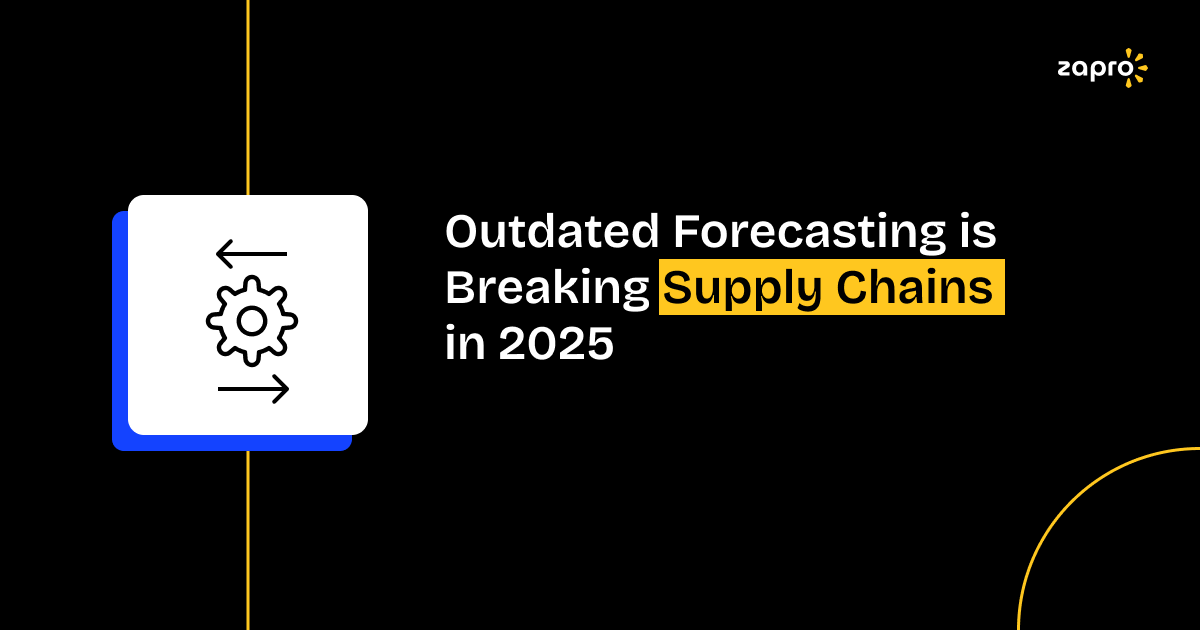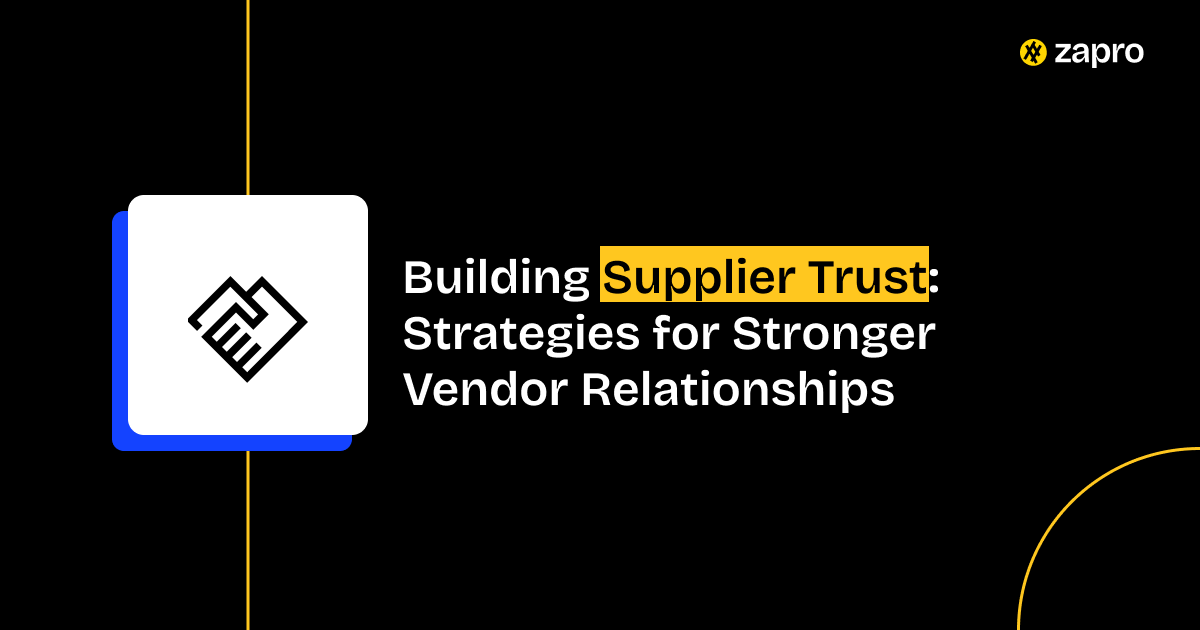What are the examples of direct and indirect procurement?
Direct procurement is the process of purchasing goods and services that are essential for the production process of a company’s final product. These items could include raw materials, components, or services that will help create a finished product that could be sold to a customer.
The examples of direct procurement in manufacturing are raw ingredients, automobile spare parts, apparel fabrics, dyes, and any packaging materials required to get the product done. When it comes to construction, it could be anything from bricks and cement to plumbing fixtures and electrical wiring services.
In the case of software development, direct procurement could be made for specialized software libraries, API license keys, or computing infrastructure that must be integrated into the finished product.
However, indirect procurement involves the purchase of goods and services that are critical for the day-to-day operations of an organization, although they don’t become a part of the final product or service sold by them.
Examples of indirect procurement could be facility management services, marketing and sales outsourcing operations, office supplies, IT equipment, utilities, software subscriptions or licenses for internal business operations, training programs, employee benefits, and professional consulting services, which clearly highlight the difference in direct vs indirect procurement.
Recommended Reading:
Procurement tools
Procurement process
Vendor management system
What is PO system?
Best eprocurement software
Purchase order process
Procurement software for small business
Best vendor management tools in 2025
Procurement solutions guide
Differences between sourcing and procurement
What is the difference between procurement and purchasing?
Best strategic sourcing software tools in 2025
Procurement challenges
Procurement KPIs
Procurement Strategy
Procure-to-pay Process
Goods Received Note
Procurement Lifecycle
Purchase Order vs Invoice
Procurement Solutions
Related Procurement FAQs
How do you keep track of all purchasing activities?
How to automate the procurement process
How to choose the right procurement method
How to develop a procurement strategy
How to implement centralized purchasing
How to improve the procure-to-pay cycle
How to improve the procurement department
How to make a procurement plan
How to make procurement more efficient
How to manage a procurement system
How to manage procurement risks
How to measure cost savings in procurement
How to measure procurement KPIs
How to measure procurement performance
How to measure ROI in Procurement
How to optimize the procurement process
How to reduce costs using procurement spend analysis
How to solve procurement challenges
Procurement vs. Strategic Sourcing
Purchase to pay vs. Procure to pay
What are the benefits of e-procurement
What are the best procurement strategies
What are the challenges in the procure-to-pay process
What is an RFQ in procurement?

 Healthcare
Healthcare Financial Services
Financial Services Technology
Technology Venture Capitalist
Venture Capitalist Chief Procurement Officer
Chief Procurement Officer Chief Financial Officer
Chief Financial Officer


